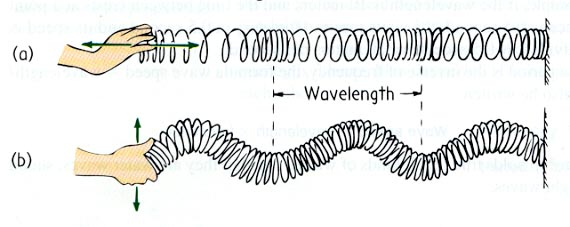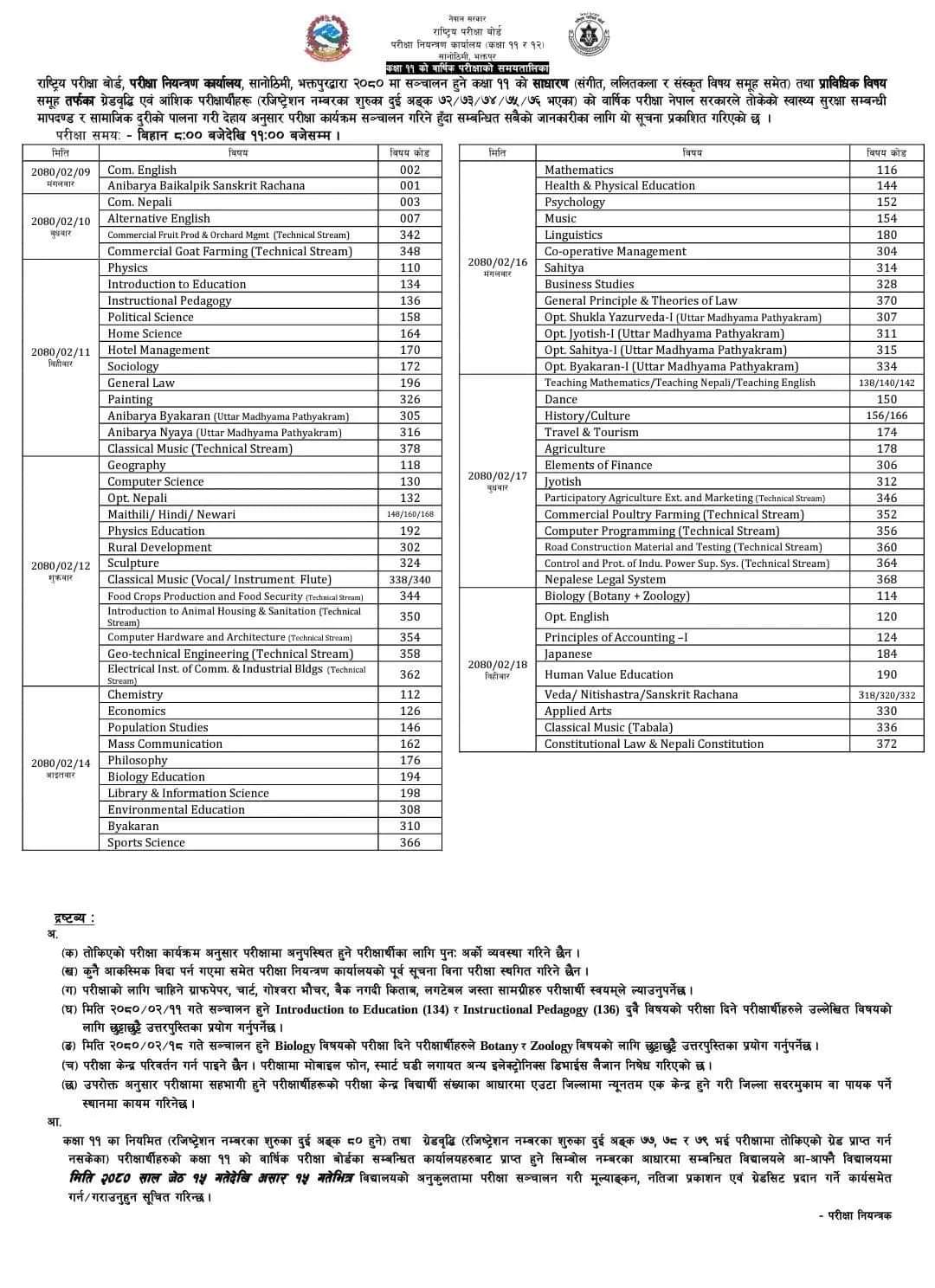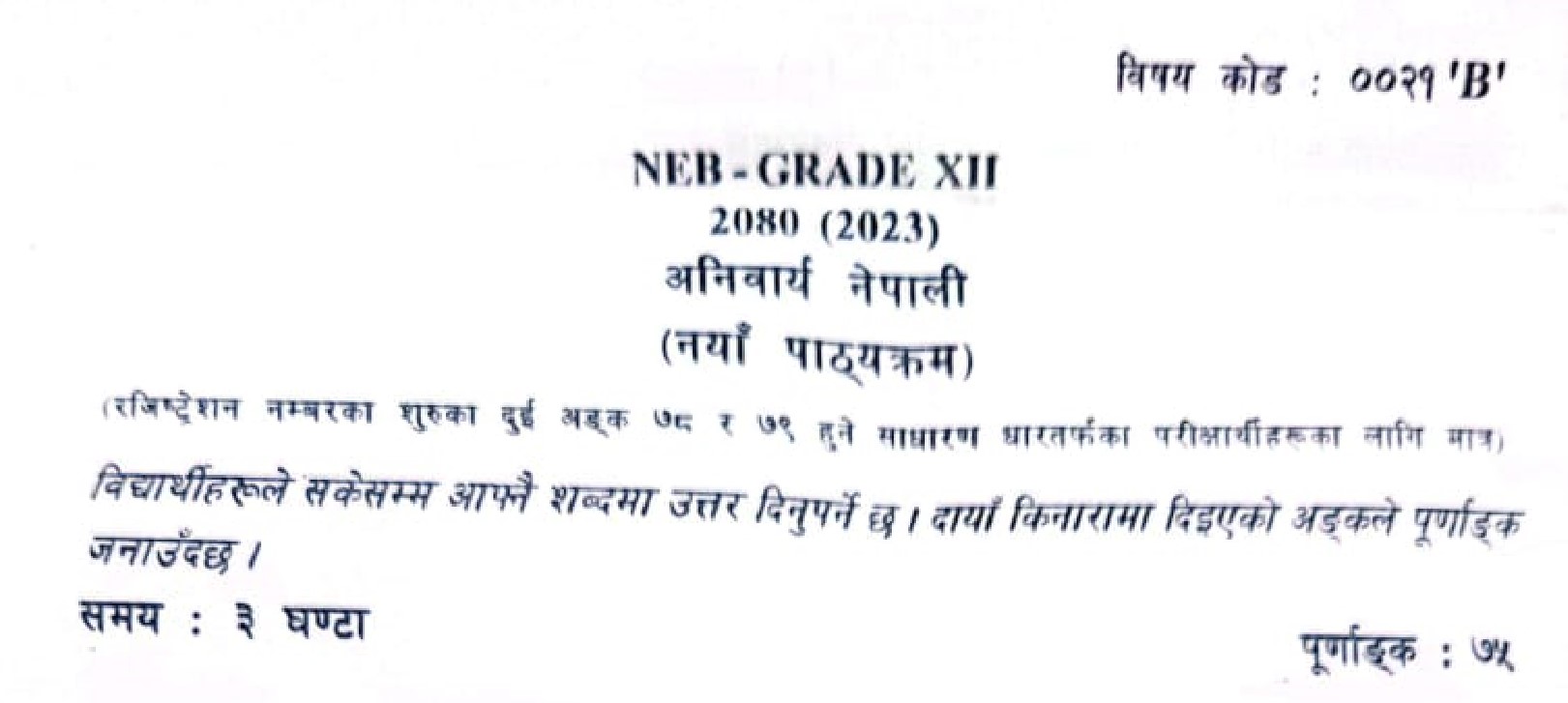Wave motion refers to the movement of energy through the transfer of waves in a medium or through empty space. Waves are disturbances that carry energy from one place to another without physically moving the matter itself. They can be seen in water waves, sound waves, light waves, and even in the behavior of tiny particles. Understanding wave motion helps us study and use various technologies, from music and communication to earthquakes and the behavior of light.
There are several types of waves, each with its own unique characteristics and properties. Here are some of the main types of waves:
- Mechanical Waves: These waves require a medium (such as water, air, or solid material) to propagate. They can be further classified into two subtypes:
- Transverse Waves: In transverse waves, the particles of the medium oscillate perpendicular to the direction of wave propagation. Examples include water waves and electromagnetic waves.
- Longitudinal Waves: In longitudinal waves, the particles of the medium oscillate parallel to the direction of wave propagation. Examples include sound waves and seismic waves.
- Electromagnetic Waves: These waves consist of oscillating electric and magnetic fields and do not require a medium for propagation. They can travel through vacuum and include various types of waves, such as:
- Radio Waves: Used in radio communication and broadcasting.
- Microwaves: Used in microwave ovens and communication systems.
- Infrared Waves: Associated with heat and thermal radiation.
- Visible Light Waves: The portion of the electromagnetic spectrum that is visible to the human eye.
- Ultraviolet Waves: Higher energy waves that are responsible for sunburn and used in various applications.
- X-rays: High-energy waves used in medical imaging and industrial applications.
- Gamma Rays: The highest energy waves that are emitted during radioactive decay and nuclear reactions.
- Surface Waves: These waves occur at the interface between two different mediums, such as water and air. They combine characteristics of both transverse and longitudinal waves and exhibit complex behavior. Examples include ocean waves and seismic surface waves.
- Standing Waves: Standing waves are the result of the interference between two waves of the same frequency and amplitude traveling in opposite directions. They appear as stationary patterns with nodes (points of zero displacement) and antinodes (points of maximum displacement). Examples include vibrations on a guitar string or in a pipe organ.
- Mechanical Seismic Waves: These waves are generated by earthquakes and travel through the Earth’s interior. They can be classified into two main types:
- P-waves (Primary Waves): Longitudinal waves that are the fastest seismic waves and can travel through solids, liquids, and gases.
- S-waves (Secondary Waves): Transverse waves that are slower than P-waves and can only travel through solids.
These are some of the major types of waves found in various natural and artificial phenomena. Each type has its own unique properties and applications, contributing to our understanding of the physical world around us.
Progressive and stationery waves
Progressive wave or travelling wave
A wave in which crests and trough (in transverse wave) or compression and rarefaction(in longitudinal waves ) travel forward direction is called progressive wave.
Consider a particle O at origin in the medium. The displacement at any instant of time is given byy=Asinwt…………..1
Where A is the amplitude, ω is the angular frequency of the wave. Consider a particle P at a distance x from the particle O on its right. Let the wave travel with a velocity v from left to right. Since it takes some time for the disturbance to reach P, its displacement can be written as
y=A sin (ωt – ɸ)……….2
Where ɸ is the phase difference between the particles O and P
Hence a path difference of x corresponds to a phase difference of 2πx/λ=ɸ
Substituting the value of the ɸ in equation 2
We get,
y=A sin (ωt -2πx/λ)…………….3
Since we have ω=2π/T=2πf
y=Asin{2πtT−2πxλ}y=Asin{2�tT−2�x�}
y=Asin2πλ{vt−x}y=Asin2��{vt−x} ………4
Similarly, for a particle at a distance x to the left of O, the equation for the displacement is given byy=Asin2πλ{vt−x}y=Asin2��{vt−x}
If the wave travels from right to left in negative x-axis then the equation for the displacement is given by
y=Asin2πλ{vt+x}y=Asin2��{vt+x} ……5
This is the expression of the progressive wave equation.
Stationery waves or standing wave
When two progressive waves of the same wavelength and same amplitude travelling with a same speed in opposite direction to each other in a medium are superposed they give rise to wave called stationary wave or standing wave. These waves are called stationery because they seem to be remained stationery and there is no net transfer of the energy.
The superposition of two waves results in the points such that there is no displacement a (i.e amplitude of vibration) a point called nodes and maximum displacement occurs at the point called antinodes.
Property of stationery waves are:
a. Waves do not transmit energy.
b. In these waves, amplitude of vibration is maximum at antinodes and minimum at nodes.
c. Variation in pressure and density is maximum at nodes and minimum at antinodes.
d. Waves remain stationery between the boundaries.
e. All points between two successive notes vibrate simultaneously.
f. The distant between two adjacent nodes or antinodes is λ/2 and the distance between adjacent nodes and antinodes is λ/4
g.The wave profile doesn’t move in the direction of propagation.
Consider the progressive wave of wavelength amplitude a and velocity v travelling along the positive x-axis
Displacement at any point is given by
y1y1=asin2πλ(vt−x)sin2��(vt−x)
Where y1y1is displacement at time t
x is distance of the particle from the origin.
Again consider the another wave travelling in opposite direction with the same velocity v and amplitude a in negative x -axis .
y2y2=a sin2πλ(vt+x)sin2��(vt+x)
Resultant displacement of such wave is given by
Y=y1Y=y1+y2y2
= asin2πλ(vt−x)sin2��(vt−x) + a sin2πλ(vt+x)sin2��(vt+x) [ since, sinAsinA +sinBsinB= 2sinA+B22sinA+B2cosA−B2cosA−B2 ]
=2asin2πvtλcos2πxλsin2�vt�cos2�x�
=2a sinwtcoskxsinwtcoskx[since,2πvλ=2πf=w][since,2�v�=2�f=w]&2πλ2��=k where k is propagation constant.
Wave motion exhibits several key characteristics that define its behavior. These characteristics include:
- Amplitude: The amplitude of a wave refers to the maximum displacement of particles in the medium from their equilibrium position. It represents the intensity or strength of the wave.
- Wavelength: The wavelength of a wave is the distance between two adjacent points in a wave that are in phase, such as two crests or two troughs. It is often denoted by the symbol λ and determines the spatial extent of the wave.
- Frequency: The frequency of a wave is the number of complete oscillations or cycles it completes in one second. It is measured in hertz (Hz) and is inversely proportional to the wavelength. Higher frequency waves have shorter wavelengths.
- Period: The period of a wave is the time it takes for one complete cycle or oscillation to occur. It is the reciprocal of the frequency and is denoted by the symbol T.
- Velocity: The velocity of a wave is the speed at which the wave propagates through the medium. It is determined by the product of the wavelength and frequency and is often represented by the symbol v.
- Reflection: When a wave encounters a boundary or obstacle, it can bounce back or reflect. The angle of incidence is equal to the angle of reflection, obeying the law of reflection.
- Refraction: Refraction occurs when a wave passes from one medium to another and changes direction due to the change in its velocity. This change in direction is caused by the wavefronts bending as they enter a new medium.
- Interference: Interference happens when two or more waves interact with each other. Constructive interference occurs when the waves combine to form a larger amplitude, while destructive interference occurs when they cancel each other out.
- Diffraction: Diffraction occurs when a wave encounters an obstacle or passes through a narrow opening and bends around it, spreading out and changing direction.
- Polarization: Some waves, such as light and electromagnetic waves, can exhibit polarization. Polarization refers to the orientation of the electric field vector in the wave, which can be either linear, circular, or elliptical.
Understanding these characteristics of wave motion helps us analyze and comprehend the behavior of waves in different contexts and applications.


 - [Resolving the Adventure Not Found Error in For the King 2](#) - [Understanding the Purpose of the Hardwork Skill in For the King 2](#) Upon liberating the prisoner from the cart in The Resistance chapter, the world unfurls for exploration. Roam the area until you chance upon an overturned wagon distinct from the prisoner cart, nestled in the Foothills area of the map. Should the wagon remain elusive, lean on Vision Scrolls or Find Distance items, available in town shops, dropped by enemies, or carried by specific characters such as the Scholar. Employ these tools to meticulously scrutinize the Foothills. Continue your exploration of the Foothills until you stumble upon the broken wagon. Once uncovered, assign any of your party members to investigate – no battle ensues, sparing your entire party from involvement. A notification will prompt you to the exact location of the Bandit Camp, where Hildegard's husband is being held captive. Liberate him from the camp to successfully fulfill this objective. These are the crucial steps to unraveling the mystery of Hildegard's husband in For the King 2. If you found this guide beneficial, consider exploring our diverse range of other informative guides.](https://meropaper.com/wp-content/uploads/2024/01/for-the-king-2-hildegard-husband-cart2-150x150.webp)






